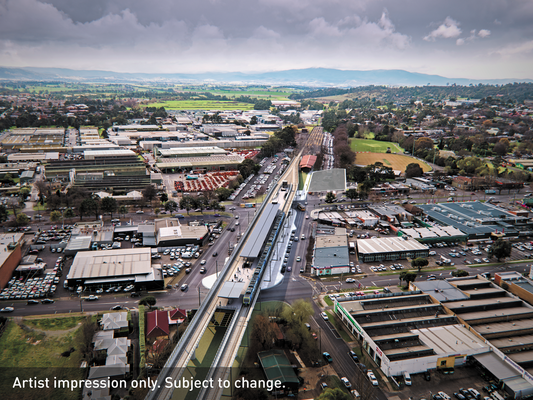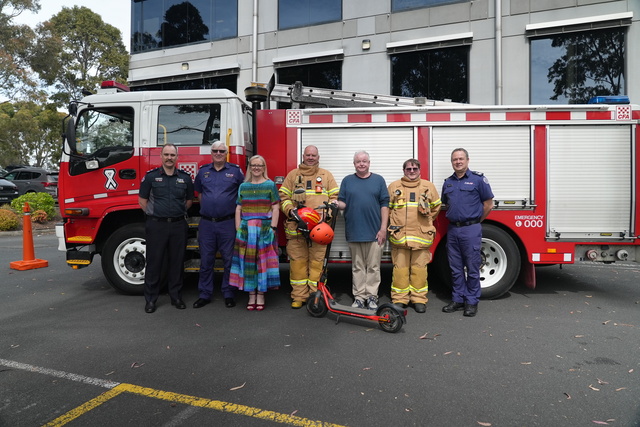The Lilydale level crossing removal project could kill trees that are more than 120 years old, locals fear.
Lilydale and District Historical Society president Sue Thompson made a formal submission to the Level Crossing Removal Authority (LXRA) consultation process.
She’s also a Lilydale Project Reference Group member.
Ms Thompson said the Lilydale and District Historical Society had spent decades fighting to retain the Queen’s Jubilee Avenue of trees.
She said then-Shire of Lillydale residents planted the first trees in 1897 to provide shade for horses and supress dust, and that the avenue had been added to since.
“In today’s climate these trees continue to provide valuable, welcoming shade for residents and visitors and help with our push to reduce greenhouse warming,” she said.
It extends along Main Street from Cave Hill Road in the west to the Warburton Walking Trail bridge to the east.
“The new sky rail station as proposed will send pylons to bedrock beneath the flood plain of the Olinda Creek,” Ms Thompson said.
“This will completely alter the course of the underground streams flowing along and under the present railway line.
“The proposed solid concrete wall on the north side to the stabling yards will completely block the underground water flow.”
She said the underground stormwater would also be altered and “that too will impact on our heritage trees”.
Ms Thompson asked the LXRA for a written guarantee that the sky rail would not interfere with the trees and independent reports to back this up.
“Members fear the trees will die through lack of water, the government will remove them and widen our Main Street to four or five lanes all the way from Cave Hill Road to the Warburton Rail Trail Bridge,” she said.
Ms Thompson also questioned why the authority was not also removing the level crossing at Melba Avenue; raised concerns about car parking; suggested the rail line from Mooroolbark to Lilydale should be duplicated; and said a rail station should be added at the new Kinley Estate, which would soon be home to 8000-plus people.







